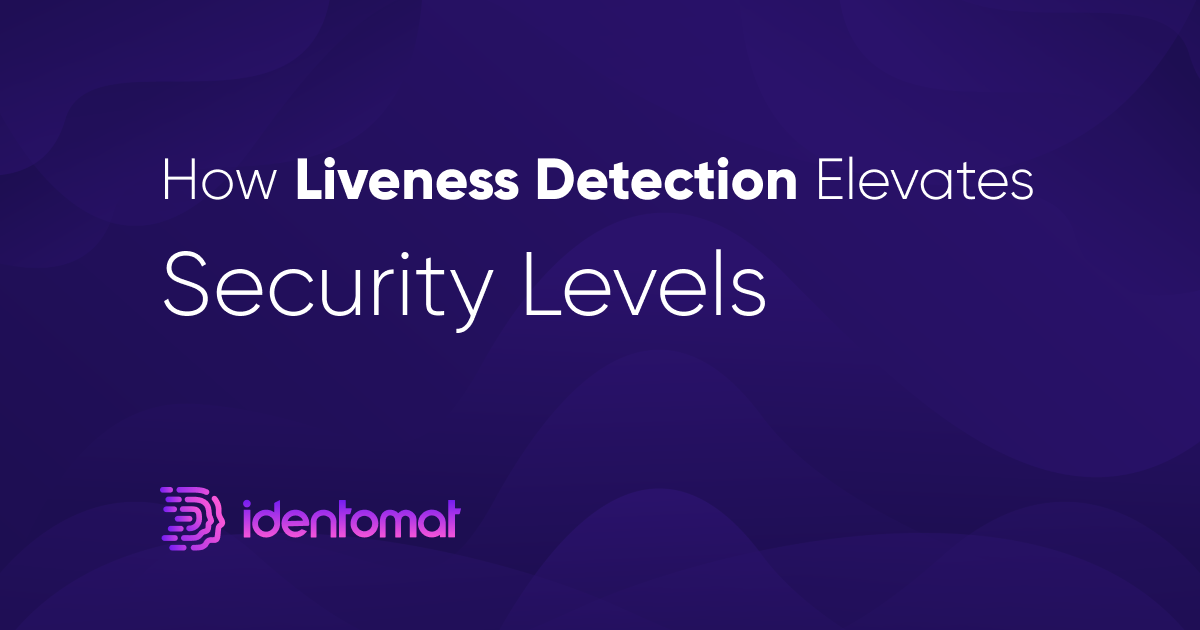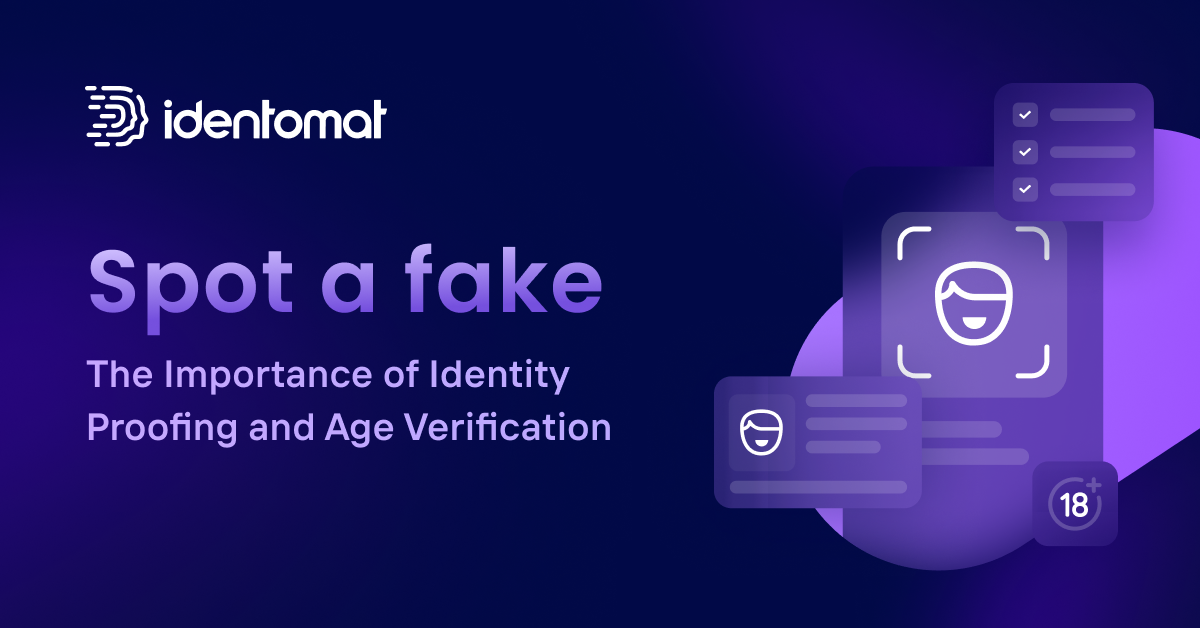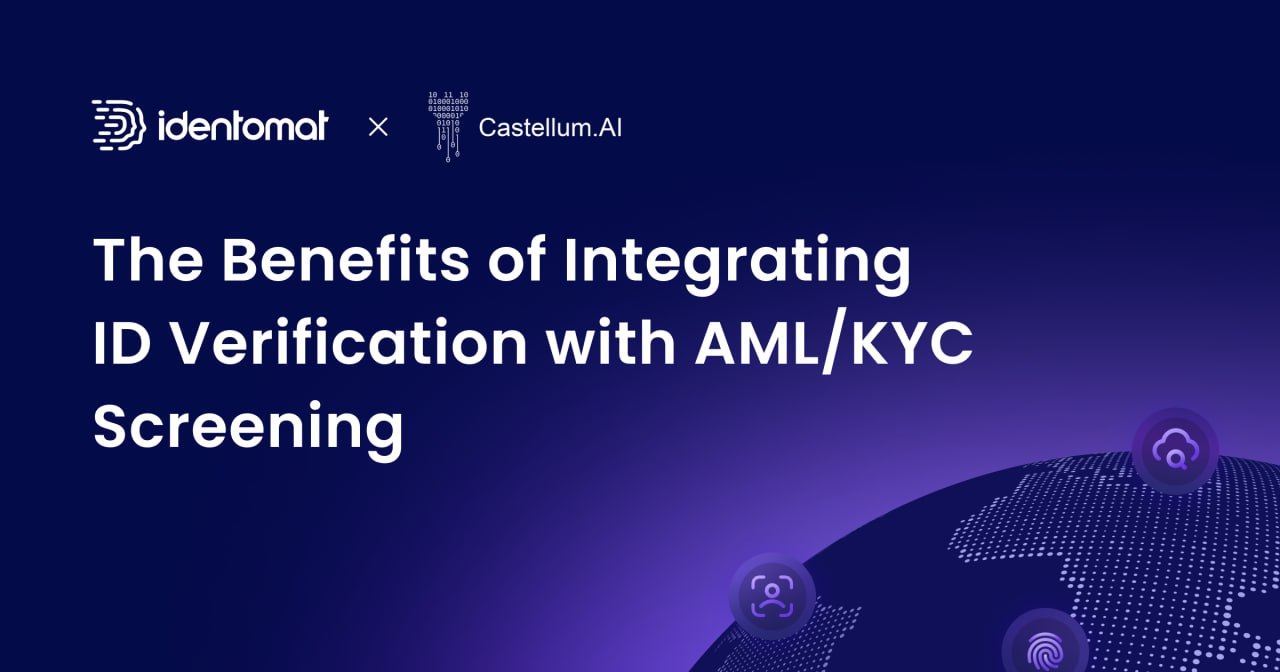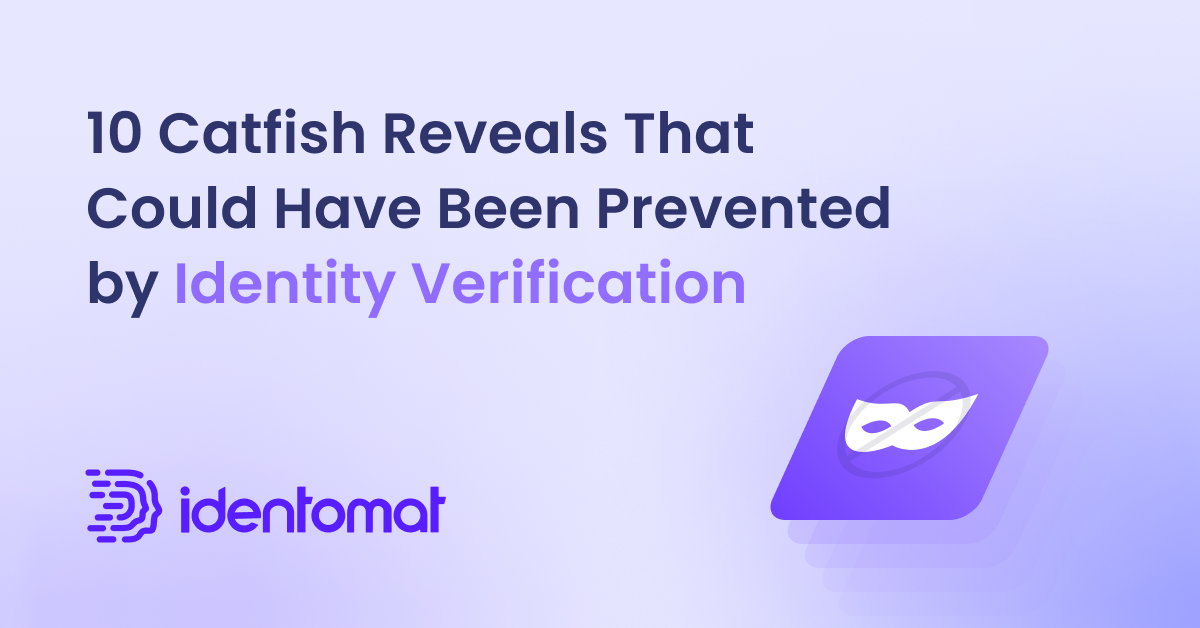What Is Liveness Detection?
Liveness detection is a method of verifying that a person is actually present and not just a photo or video. It is a common tool used in security applications, such as proving that someone is who they claim to be.
In our fast-paced, constantly-connected world, security is more important than ever. The numbers of online attacks and cyber scammers are only increasing and becoming more dangerous: According to the FTC’s Consumer Sentinel Network report, the reported identity theft doubled from 2019 to 2020 and is expected to grow in the coming years. That’s why more and more businesses are turning to liveness detection as a way to protect their data and build trust between the company and their customers.
But How Does It Help With Security?
Liveness detection verifies human identity and avoids deepfake scammers by asking the user to perform a specific action, such as smiling or blinking.
Smiling and blinking, in fact, has become one of the most used practices in the liveness detection process. The reason behind the fact is that both of these actions are very specific and it is almost impossible for hackers to imitate each motion of face muscles while the person is smiling or blinking. The movements focus on micro-movements of the individual’s face muscles, making it unique for every single person.
This is especially important when it comes to KYC (Know Your Customer) processes. By verifying the data, you can help to prevent fraud and ensure that your customer data is safe.
Liveness detection can also be used as a way to verify the identity of someone who is logging into a system. This is especially important for sensitive systems, such as those used by banks or other financial institutions. For example, banks have been using liveness detection systems for many years now. Also, as online national elections are becoming more popular, liveness checks have also become a priority. In addition to key government and public organizations , many apps and services for everyday life, such as dating apps, mobile-banks, and social media apps, have also been actively adopting the liveness detection practices.
In the past, people have been able to use stolen photos and videos to impersonate someone else and gain access to their accounts. But with liveness detection, this risk of fraudulent actions can be substantially reduced.
What Makes Liveness Check Valid?
There are several different liveness detection software solutions on the market today. However, not all of them are credible. One of the most important requests for these kinds of systems to be accredited is a ISO/IEC certification.
Identomat liveness detection software is iBeta tested and holds ISO 27001 and ISO 30107-3 standards. “ISO/IEC 27001 defines requirements for establishing, managing and maintaining an information security management system.” This certification that Identomat successfully earned, proves that the company follows the many complex and critical international regulations for managing security controls.
Moreover, Identomat is constantly progressing and pushing the cutting edge with proprietary technological advancements in identity proofing and KYC compliance pipeline.
What Are Different Types Of Liveness Detection?
There are two different ways that liveness detection gets done these days: passive liveness and active liveness. These liveness detection types are two ways to ensure you’re dealing with a real person.
Passive Liveness Detection
Passive liveness detection is a less “active” way to detect fake identities. Users are not asked to execute additional motion activities due to passive liveness, and users do not know precisely how the system checks their likeness. Fraudsters have a more challenging time finding ways to get around this technology because the process doesn’t inform the user in any way.
Passive liveness detection is based on algorithms that recognize and evaluate elements of an image that reveal its content, including skin, borders, texture, the presence of masks or cutouts, and other clues that a false depiction of a user’s face is being utilized.
Most of the time, companies/businesses prefer passive liveness detection to overactive ones. It is believed that passive liveness checks are more user-friendly, quick, easy, and “frictionless.” With passive liveness detection, the user abandonment rate seems to be lower. A 2022 case study by ID R&D learned that when they switched from active liveness checks to passive ones “customer applications went from a 60 percent completion rate to over a 95 percent rate.”
However, as technology develops, passive liveness detection might not be the best choice for the more prominent brands because “face spoofing” (imitating or using a person’s face to pretend to be that person and trying to trick the biometric identification control systems) has become one of the leading security worries.
Active Liveness Detection
Active liveness detection comes in handy when the passive ones cannot handle deepfakes anymore.
Active liveness usually asks users to perform ‘challenge-response’ tests that can be a series of actions in front of a camera to verify genuine presence. For example, an active liveness test may ask the users to smile, to look to one side or towards the ceiling, or to look upwards or downwards.
Active liveness detection can be used to detect a variety of deepfake attacks. These checks are happening in real-time and adds a layer of security to data protection.
There is no straightforward answer to which of these two is better. Each company’s consumer base and risk-based approach should be considered when conducting liveness checks. Companies usually strive to avoid a strategy that prioritizes one over the other and make an effort to achieve a balance between the two.
Threat Of Deepfakes To The Online Data Security
Deepfakes are fake videos or images created using artificial intelligence (AI) and machine learning algorithms. They can be used to initiate false or misleading content and can be very difficult to detect.
The internet has become a breeding ground for all threats, including deepfake attacks. Deepfake cyberattacks result in spreading misinformation and/or defaming the person depicted in them. Hackers have used deepfake technology to create fake videos of celebrities, politicians, and even ordinary people. Deepfakes can access any information by scamming the security systems and the data then becomes exposed to various dangers.
Deepfake attacks can be challenging to detect, as they often look realistic. However, there are some ways to avoid this cyberattack. One way is by using liveness detection software.
For example, Identomat liveness detection can expose fraudulent attempts by addressing non-living objects that might exhibit human traits and characteristics. These traits are called “spoofs,” and many companies struggle with these scams, such as masks, dolls, pictures, videos, and more.
Identomat software detects deepfakes such as:
- Paper masks
- Digital photos
- Deepfake puppets
- Lifelike dolls
- 3D masks
- Wax heads
It Is Time To Level Up Your Company’s Security Standards
Liveness detection is an essential tool in the fight against deepfakes and other, less sophisticated though more prevalent, identity fraud methods. It’s a simple, effective way to keep your customers, business and data safe.
Identomat’sv KYC and Identity verification solution is trusted by industry leaders like TBC Bank, Bank of Georgia, Space Neobank, Aldagi, Silknet, and many more to protect their data and their customers.
We offer hyper-configurable liveness detection workflows, so you can choose the one that best suits your needs. If you’re looking for a way to improve your security and protect your data, liveness detection is a must have. Contact us today to learn more about our liveness detection software and how it can help your business.




